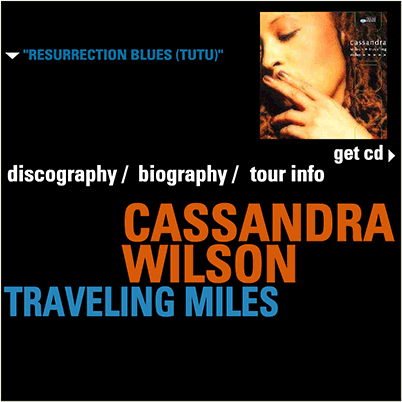Radiowave
Blue Note Radio
Background
Most of my work at Radiowave involved creating custom web-based streaming radio applications for various music properties and radio stations. Adding supplemental information to the music was our specialty. We were the first company to come up with ways of showing inline artist/song/album information (trivial stuff today!) along with streaming audio. The Blue Note radio was live on Blue Note's web site from 1999-2002 garnering many positive reviews in the industry. Similar channels were produced for the Smashing Pumpkins, The Chicago Symphony Orchestra, and Starbucks.
Problem
Blue Note Radio had to be entertaining as well as informative. It had to be successful as both an active application and as a background accessory. It also had one of the most distinctive visual legacies in music to live up to. In general entertainment interfaces tend to be more flashy than useful. We felt we could create a player that was both.
Technically, we also had to figure out how to create 4000 Macromedia Flash files for all of the songs programmed to play on the channel.

Early interaction sketch illustrating an approach to displaying meta-information for the song and supporting information about the artist
Solution
First, we interviewed jazz lovers anywhere we could find them: online, shopping at the Jazz Record Mart, and visiting the local jazz radio station. Most of my experience was with rock music (and the typical meta-data format of artist/song/title). We needed to find out what was unique about the jazz experience. One of our major insights was that everybody played on everyone else's records. It was not like most pop music where there was a clearly defined artist. Someone might be interested in a specific Coltrane album because they liked the drummer on that particular record.
Legacy Flash prototype
Visually, we looked at their vast collection of album art for inspiration. In hindsight the visual design may have been too derivative.
Technically, in conjunction with our engineering staff, we were able to use a dynamic server to generate Flash files from a database. In the end I ended up designing one template to generate all of the individual song files, which made for an interesting exercise in rule based design, and added to the trickiness of the visual layout.
Back to all projects